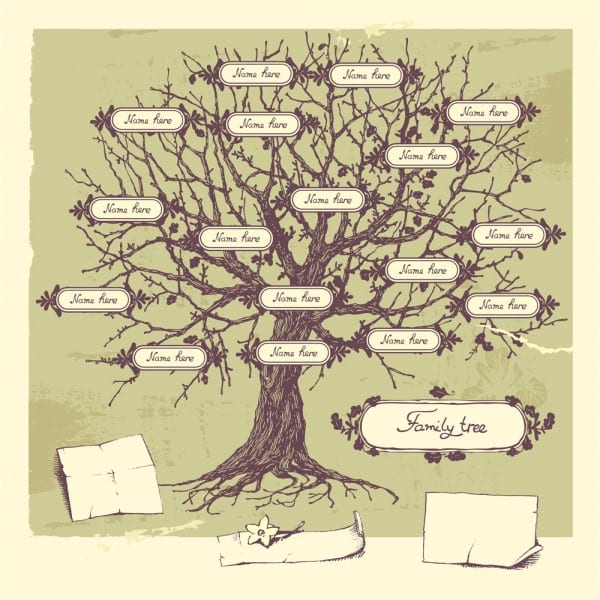Spanish surnames generally fall into one of four categories:
Patronymic Matronymic Surnames
Based on a parent’s first name, this category of surnames includes some of the most common Hispanic last names. These Hispanic surnames originated as a way to distinguish between two men of the same given name by also using the name of their father (patronymic) or mother (matronymic). Grammatically, Spanish patronymic surnames were sometimes an unchanged form of the father’s given name, with the difference being in pronunciation (e.g. Garcia, Vicente). However, Spanish patronymic surnames were most often formed by adding suffixes meaning “son of, such as -es, -as, -is, or -os (common to Portuguese surnames) or an -ez, -az, -is, or –oz (common to Castilian or Spanish surnames) to the end of the father’s name.
Examples:
- Leon Alvarez – Leon, son of Alvaro
- Eduardo Fernández – Eduardo, son of Fernándo
- Pedro Velazquez – Pedro, son of Velasco
Geographical Surnames
Another common type of Hispanic last name, Spanish geographical surnames are often derived from the location of the homestead from which the first bearer and his family came from or resided in. and are common geographical Hispanic surnames, as there are quite a few towns in the Spanish speaking world bearing these names. Some Spanish geographic surnames refer to landscape features, such as , meaning “meadow,” and , meaning “cold mountain,” from mendi (mountain) and (h)otz (cold) + a. Some Spanish geographic surnames also feature the suffix de, meaning “from” or “of.”
Examples:
- Ricardo de Lugo – Ricardo, from the town of Lugo
- Lucas Iglesias – Lucas, who lived near a church (iglesia)
- Sebastián Desoto – Sebastián, of ‘the grove’ ()
Occupational Surnames
Occupational Hispanic last names initially derived from the person’s job or trade.
Examples:
- Roderick – Roderick, the warrior or soldier
- Lucas Vicario – Lucas, the vicar
- Carlos Zapatero – Carlos, the shoemaker
Descriptive Surnames
Based on a unique quality or physical feature of the individual, descriptive surnames often developed in Spanish speaking countries from nicknames or pet names, often based on an individual’s physical characteristics or personality.
Examples:
- Juan – John the thin
- Aarón Cortes – Aarón, the courteous
- Marco Rubio – Marco, the blonde
Why Do Most Hispanic People Use Two Last Names?
Hispanic surnames can be especially important to genealogists because children are commonly given two surnames, one from each parent. The middle name (1st surname) traditionally comes from the father’s name (apellido paterno), and the last name (2nd surname) is the mother’s maiden name (apellido materno). Sometimes, these two surnames may be found separated by y (meaning “and”), although this is no longer as common as it once was. Recent changes to laws in Spain mean that you may also find the two surnames reversed – first the mother’s surname, and then the father’s surname. The pattern of mother’s surname followed by father’s surname is also common usage for Portuguese surnames. In the United States, where the use of two surnames is less common, some families give children the paternal surname, or perhaps hyphenate the two surnames. These naming patterns are, however, only the most common; variations exist.
In the past, Hispanic naming patterns were less consistent. Sometimes, sons took the surname of their father, while daughters took that of their mother. The use of double surnames didn’t become common throughout Spain until the 1800s.

